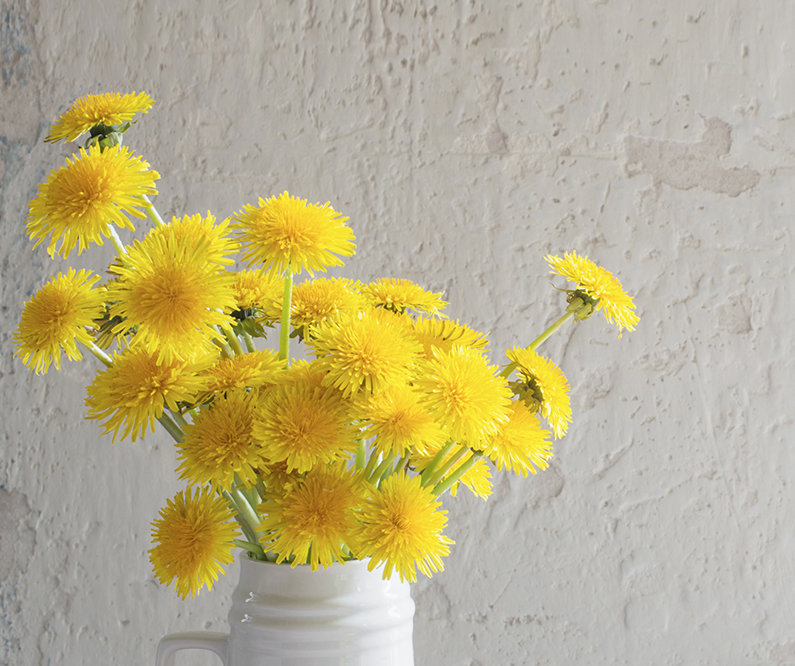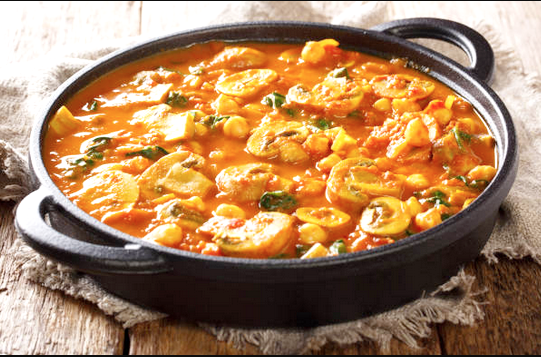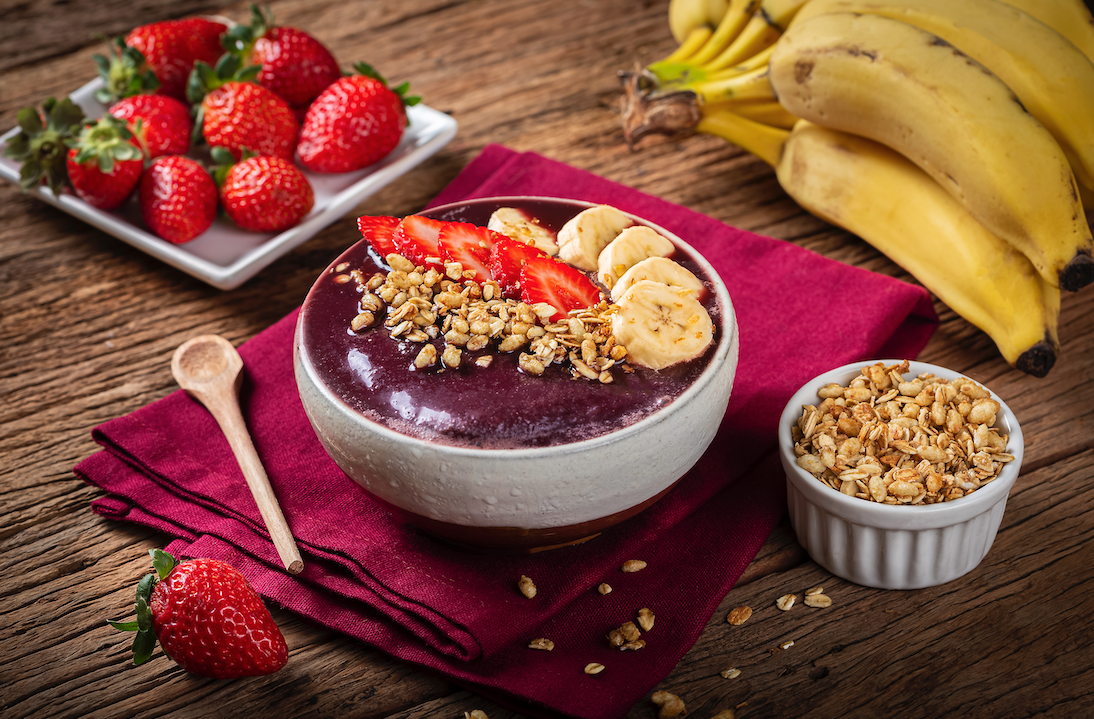
Dandelion
A popular home remedy for nausea, stomach pain, and other health issues. This modest plant was used for medicinal purposes in the times of ancient India, China, and Rome.
Usage
It is used against inflammation, for compress against swelling, against cramps, to reduce pain in muscle and bone problems such as arthritis, as prevention against colds and to calm coughs, strengthen immunity, improve circulation and prevent blood clots. It is an effective remedy against migraines and against the flu.
High nutritional content
It’s loaded with vitamins, minerals, and fiber.
Liver Health
Studies shows that it helps to help detoxify the liver.
May aid weight-loss
Compounds found in the dandelion may promote weight loss.

How to add dandelions to your diet?
Fresh leaves harvested before flowering are used as a refreshing spring salad, and fresh flowers, with the addition of lemon and sugar, are used to make syrup. The juice squeezed from a fresh plant, which can be used during the vegetation period, is also very effective, while in the winter months, tea from the roots and above-ground part of the plant is recommended.
Make a Tea
It has a deep bitter rich taste, similar to coffee and it’s healthier alternative.
Add to Smoothy
Available in liquid extracts, capsules, and powders.
In Meal
This very nutritious plant cant be added to salads, sauteed greens and even when baking.
Dandelions were once considered delicacies in the Victorian era.
Traditionally it was used to make the traditional British soft drink.
Dandelion and burdock and is one of the ingredients of root beer.
Along with other ingredients, such as citrus, dandelion is used to make dandelion wine.
Ancient Herbal Therapy
Using dandelion roots and leaves in treating liver issues was a tradition of Native Americans who also boiled dandelion in water and prepared a remedy for kidney diseases, bloating, and skin infections.
In traditional Chinese medicine, dandelion has been used to treat breastfeeding-related issues such as inflammation or lack of milk flow. European folk praises using dandelions for fever and diarrhea.
About
Dandelion (Taraxacum officinale) is a perennial that most often grows on lawns, meadows, parks, and along paths and hedges. This well-known weed plant, widely distributed on all continents, originates from Western Europe. Due to its medicinal properties, it has been included in many pharmacopoeias, and it has been used in traditional Arabic medicine and the folk medicine of the Native Americans.
It was first described as a medicinal herb by Hieronymus Bock. It is a herbaceous plant with, spindle-shaped root with leaves arranged in the shape of a rosette and a tubular stem topped with a yellow flower head. Dandelion owes its name to this shape of the leaves: in French, its name is "dents de lion" - lion's tooth.
Science
Most scientific studies of dandelions have been on animals, not people. Over the years, dandelion has been used as a diuretic to deal with liver problems and hypertension. However, there is no quality research on the diuretic effect of dandelions in people.
Dandelion leaves, both fresh and dried, are also used as an appetite stimulant and to relieve an upset stomach. Preliminary research suggests that dandelions can indeed help improve liver function. Studies with animals as model organisms suggest that dandelion may help normalize blood sugar levels and lower total cholesterol in mice with diabetes. Researchers have yet to discover if dandelions will actually work in people in this manner. Additional experiments on model organisms suggest an anti-inflammatory effect as well.
Composition
Dandelion leaves are 86% water, 9% carbohydrates, 3% protein, and 1% fat. In addition to proteins and resins, bitter ingredients, polyphenols (flavonoids, coumarins), phytosterols, saponins, carotenoids, polysaccharides (inulin), choline, dandelion also contains mineral salts of calcium, potassium, magnesium, iron, silicon, and vitamin A, B, C, D, and K.
Safety
Dandelion is generally considered safe. Some people may have an allergic reaction from direct skin contact with the plant. Sensitive individuals with previous allergic reaction history, especially with chrysanthemums, marigold, chamomile, daisies, or iodine, should avoid dandelions completely. In some cases, increased stomach acid and heartburn were reported. People with chronic kidney issues, gallbladder problems, or gallstones should consult their doctors before consuming dandelion.
Fun Facts
Symbolically, dandelions represent the return of life.
Sources
Kour, J., Sharma, R., Nayik, G. A., Ramaiyan, B., Sofi, S. A., Alam, M. S., & Anand, N. (2020). Dandelion. In Antioxidants in Vegetables and Nuts-Properties and Health Benefits (pp. 237-248). Springer, Singapore.Kour, J., Sharma, R., Nayik, G. A., Ramaiyan, B., Sofi, S. A., Alam, M. S., & Anand, N. (2020). Dandelion. In Antioxidants in Vegetables and Nuts-Properties and Health Benefits (pp. 237-248). Springer, Singapore.
González-Castejón, M., Visioli, F., & Rodriguez-Casado, A. (2012). Diverse biological activities of dandelion. Nutrition reviews, 70(9), 534-547.



